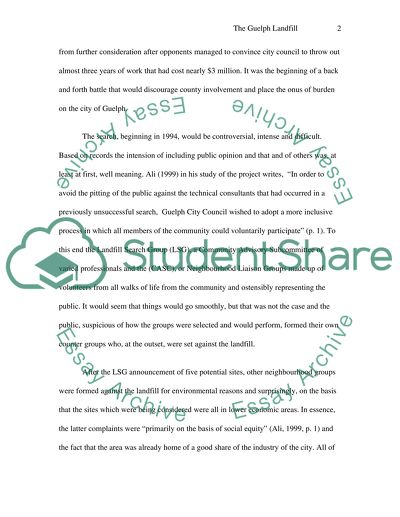Cite this document
(“Public participation in Guelph landfill search process Essay”, n.d.)
Retrieved from https://studentshare.org/environmental-studies/1415472-public-participation-in-guelph-landfill-search
Retrieved from https://studentshare.org/environmental-studies/1415472-public-participation-in-guelph-landfill-search
(Public Participation in Guelph Landfill Search Process Essay)
https://studentshare.org/environmental-studies/1415472-public-participation-in-guelph-landfill-search.
https://studentshare.org/environmental-studies/1415472-public-participation-in-guelph-landfill-search.
“Public Participation in Guelph Landfill Search Process Essay”, n.d. https://studentshare.org/environmental-studies/1415472-public-participation-in-guelph-landfill-search.


